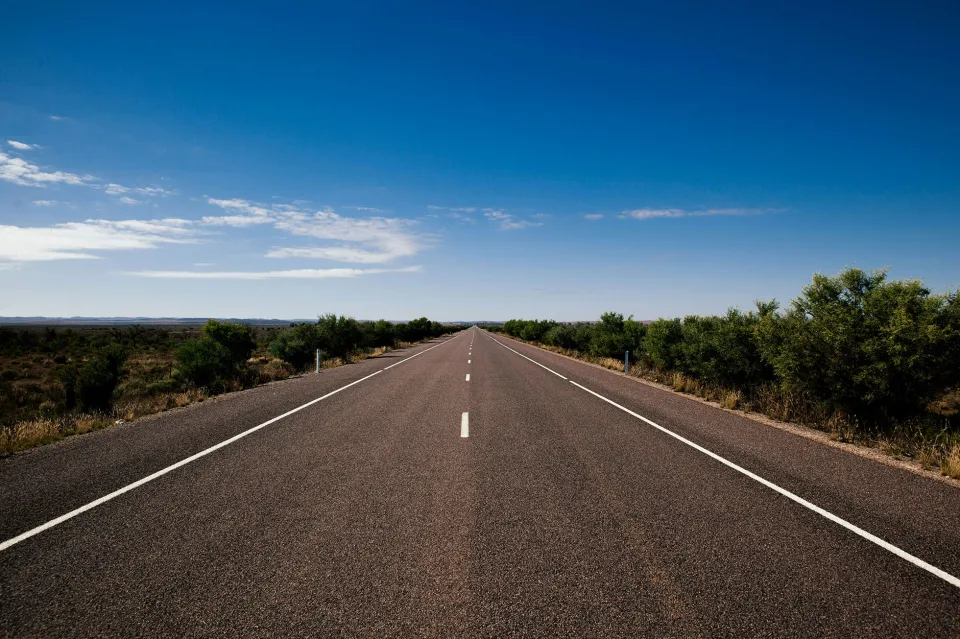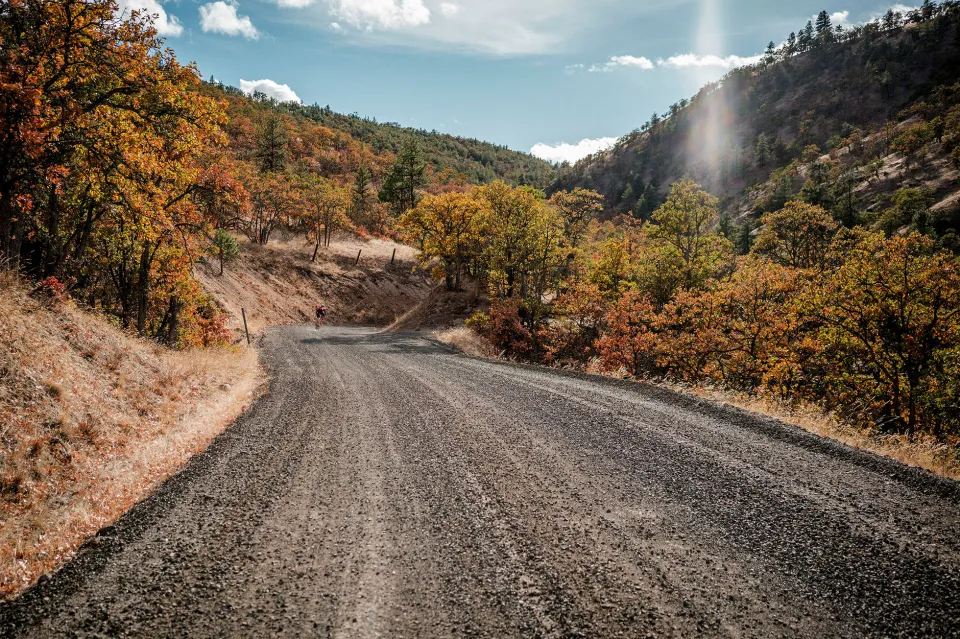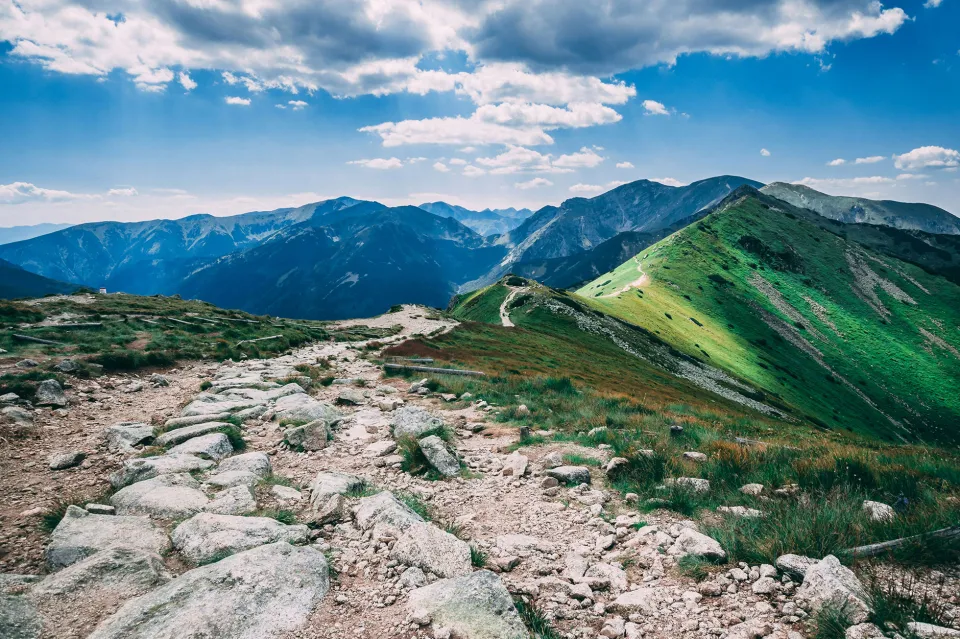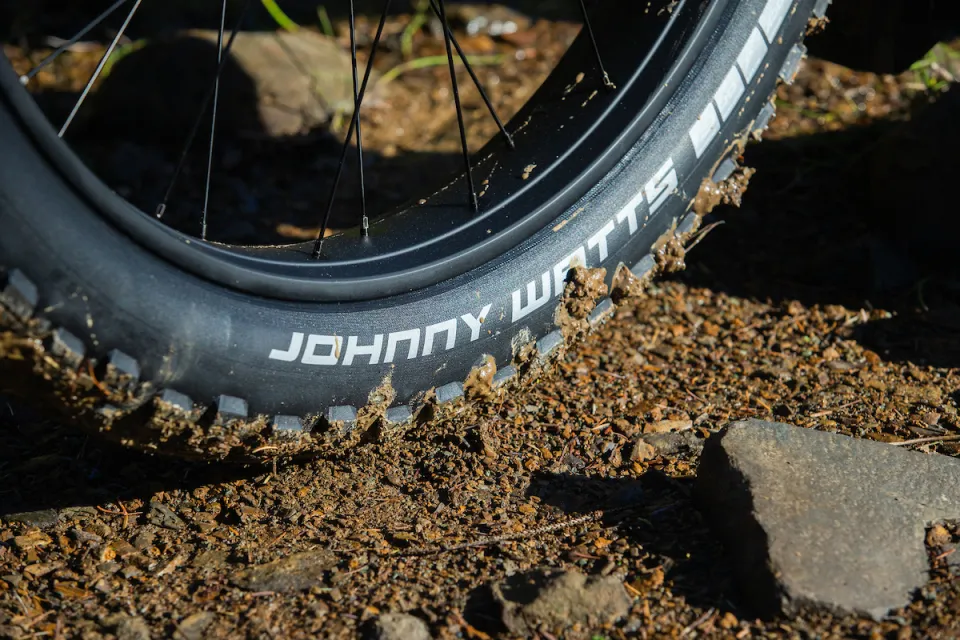
Tire Pressure 101 for On and Off-Road Riding on the Orox
Tire pressure—in the form of pounds per square inch (psi) or bar—is a measurement of the amount of air you pump into your tires. Having the right tire pressure will greatly enhance your riding experience and even help extend the lifespan of your tires.
Bicycle tires come with the manufacturer’s recommended minimum/maximum tire pressure printed on the side. As long as you’re staying within those limits, there’s no hard-set rule on how much air you should be pumping into the tire inner tubes. However, your decision will depend on several factors, including what tires are mounted to your wheels, what type of terrain you’ll be riding on, and how much weight is carried on the bike.
Use this guide as a general reference for your Orox tire pressure and play around with the pump to see what works best for you.
Orox can be used with different-sized wheels and tires for optimum performance on different terrains
Tern Orox is an all-terrain, all-season electric cargo bike built to handle all sorts of riding conditions while carrying your gear, making it the perfect bike for both outdoor adventures and hauling stuff around town. It’s mounted with the burly Atlas X27.5 Wheelset (front/rear) or Atlas X29 Wheelset (front/rear) that’s engineered to withstand heavy loads on rugged terrain, and rolls on your choice of large-volume 27.5” x 4” Tern-custom Schwalbe Johnny Watts or Vee Snow Ball tires, or narrower 29” x 2.6” Schwalbe Johnny Watts tires.
The following is an outline of the types of terrain the Orox can handle, as well as our recommended wheelset & tire size for each terrain type:
Type of Terrain | Paved Roads | Graded & Maintained Gravel Roads | Unimproved Trails |
|---|---|---|---|
| Terrain Description | 
Durable surface material such as concrete or asphalt, laid down on an area intended to sustain vehicular or foot traffic. | 
Unsplash Gravel placed and compacted on finer-grained soil, regularly groomed to remove obstacles. | 
Primitive trails that may contain roots, rocks, loose surface (such as mud), and hardpack. Includes areas where a momentary loss of tire contact with the ground may occur. |
| Recommended Orox Wheelset & Tire Size | Atlas X29 Wheelset with 29" x 2.6" tires | Atlas X27.5 Wheelset with 27.5” x 4” tires | Atlas X27.5 Wheelset with 27.5” x 4” tires |
Using 29” x 2.6” tires for paved roads
Narrower tires like the 29” x 2.6” set are capable of running on higher tire pressure, which reduces rolling resistance and makes it easier for the rider to pedal and maintain speed. If you’re predominantly riding your Orox on concrete or asphalt, these are the tires you’ll want.
In general, everything between 35–45 psi (2.4–3 bar) will work for the 29” x 2.6” tires.
Using 27.5” x 4” tires for off-roading
Large-volume tires like the 27.5” x 4” set are capable of operating at a much lower pressure (below 14.5 psi or 1 bar) compared to their narrower counterparts. Running a lower pressure on these tires allows enhanced traction and larger contact patch without sacrificing speed—particularly useful when riding on more rugged terrain or on loose surfaces like mud, sand, or snow. It also makes for cushier tires that better absorb vibrations for greater riding comfort.
On the other hand, try filling the narrower 29” x 2.6” tires to the same low pressure, and you’ll likely find that it’s much too low to support your ride!

Finding a tire pressure that works for you
Start by inflating your inner tubes close to the recommended maximum psi/bar value, and gradually lower the pressure by letting air out to find your own sweet spot in terms of grip, ride feel, and comfort. It may take a bit of experimenting to find the optimum pressure, but it’ll be worth it.
A few things to remember:
Stay within the min/max tire pressure
It’s important to not inflate your tires below or above the recommended psi/bar value(s) that’s printed on the sidewall of your tires. By over-inflating your tires, you run the risk of blowing out the inner tube mid-ride due to sudden or constant impact. On the other hand, under-inflation could lead to excessive tire deformation and even cause pinch flats or “snakebites”, which can damage both the tire and rim.
The recommended min/max pressures for the Orox tires are as follows:Schwalbe Johnny Watts 29” x 2.6” ≤ 45 psi (3 bar) Schwalbe Johnny Watts 27.5” x 4” 5–30 psi (0.4–2 bar) Vee Snow Ball 27.5” x 4” 8–20 psi (0.6–1.4 bar) Consistency is key when it comes to pumps
Ever borrowed a friend’s pump, filled the tires to your usual amount, and realized they feel nothing like what you’re used to? Not all pumps are created equal, so rather than accuracy, it’s best to aim for repeatability. Use the same pump every time to get the most consistent pressure reading, and make adjustments for higher or lower pressure based on this.
More weight = higher tire pressure
Heavier riders as well as those with more weight loaded onto the Orox through the addition of accessories, cargo, and passengers will want to go with a higher tire pressure to ensure their bike is properly supported. Also, as the Orox is designed to bear the majority of its cargo and passenger weight at the rear, the rear tire pressure should be adjusted accordingly for such instances.
Watch the outside temperature
Air in your tires expands and contracts with changes to the temperature. This means that on colder days, the tire pressure will decrease slightly, and on warmer days, the pressure will increase.
Lastly, how often do I need to inflate my tires?
It depends on how often and how hard you ride your Orox, in addition to the above-mentioned factors like terrain type and carried load. For example, a trail technician who uses the Orox daily to haul heavy equipment over rugged terrain will likely be breaking out the tire pump more frequently than someone who casually rides with lighter cargo in the city.
Also, bike tires are porous and will always lose pressure over time. We recommend checking the air in your tires before each ride, and adjusting the pressure according to your riding terrain, load, and other needs for a safe and enjoyable journey.
To learn more about the steps we recommend to ensure your bike is safe and ready to go, check out our Daily Riding Checklist.